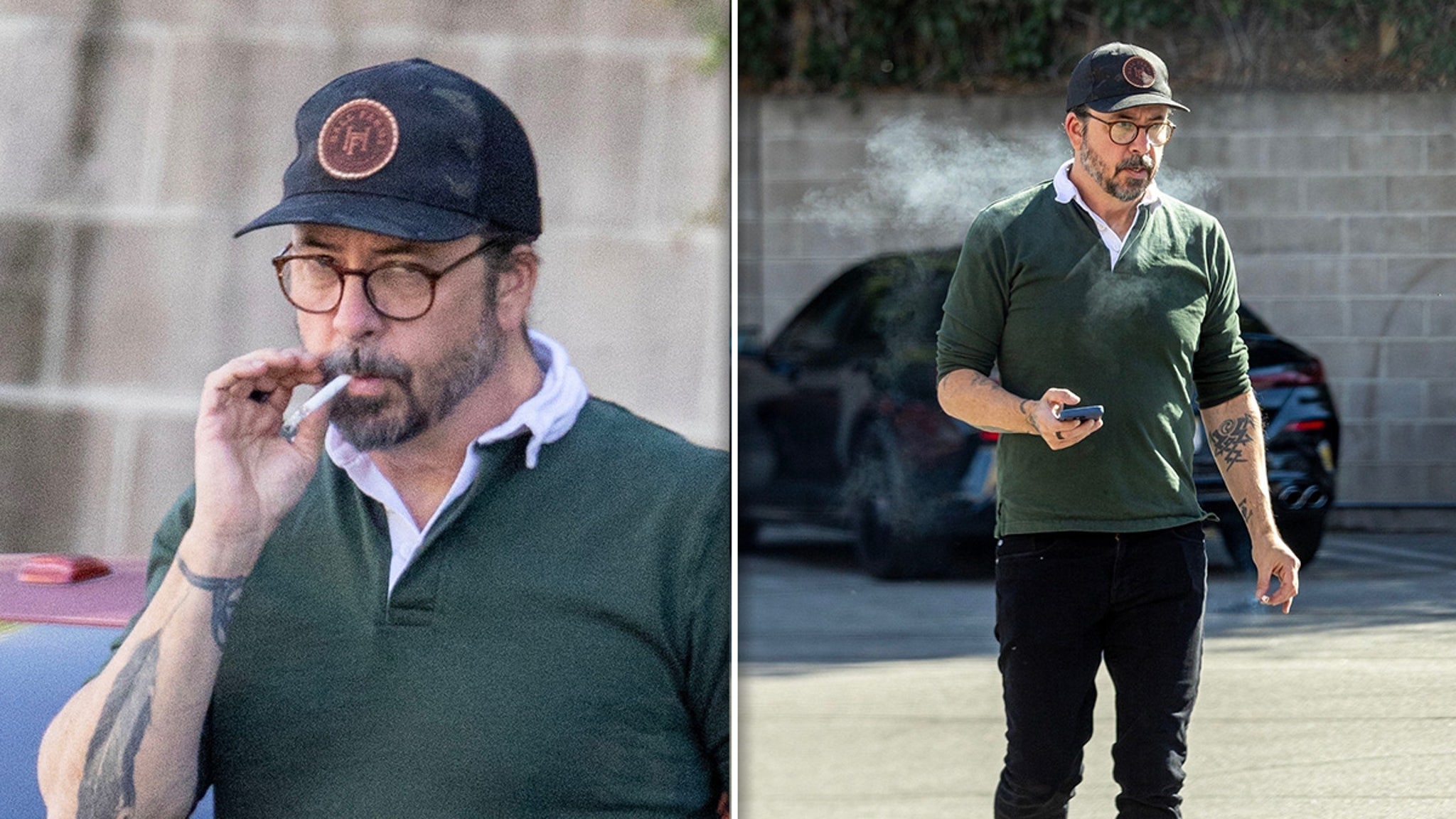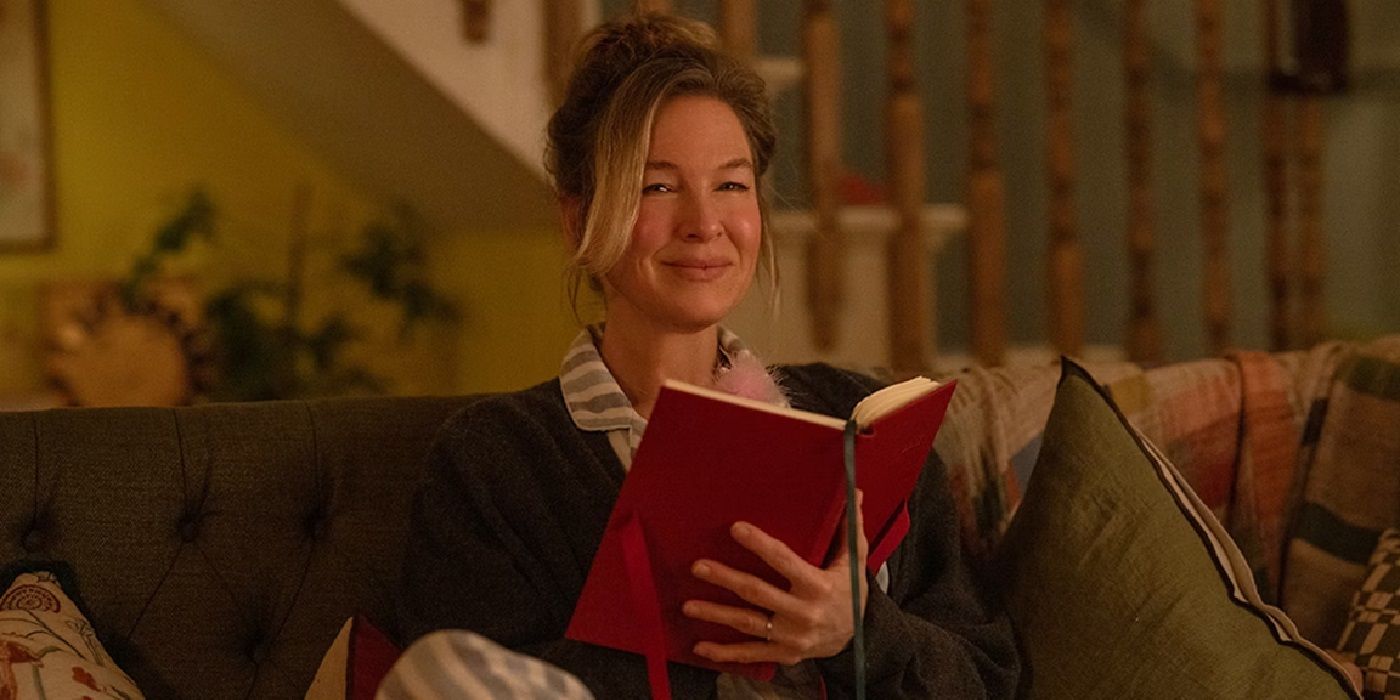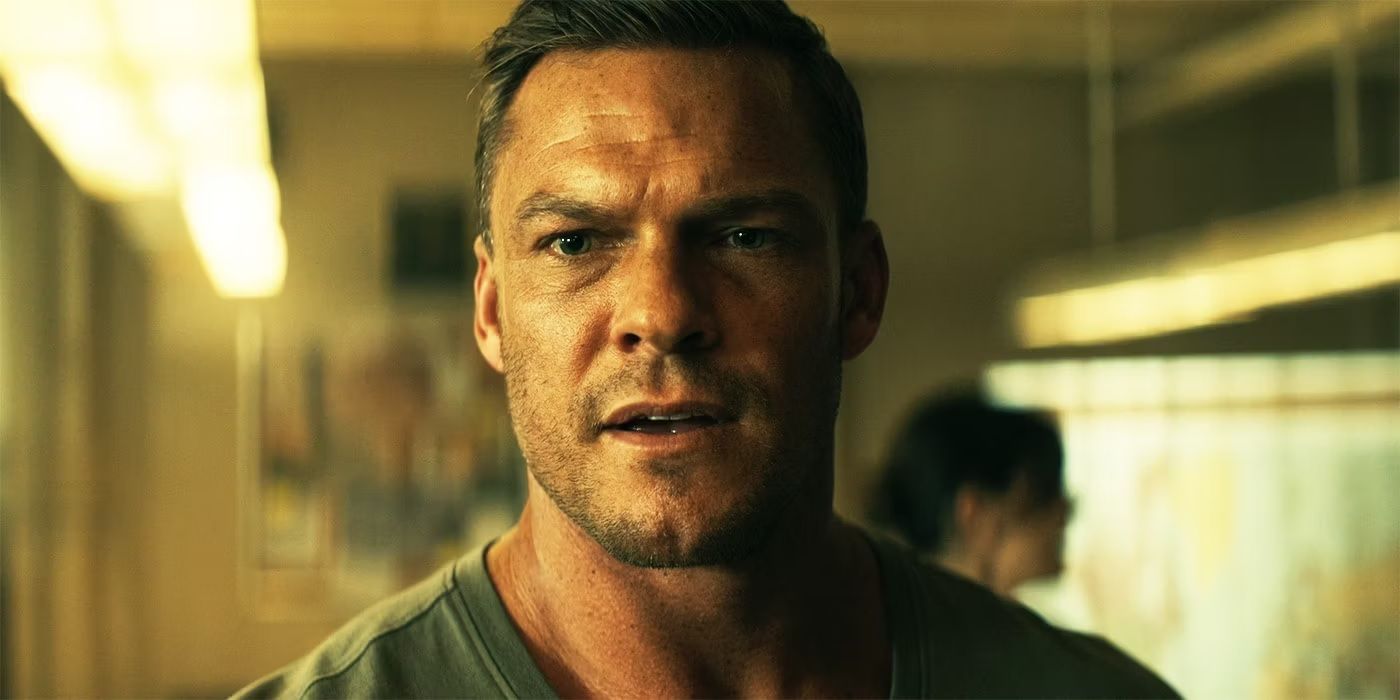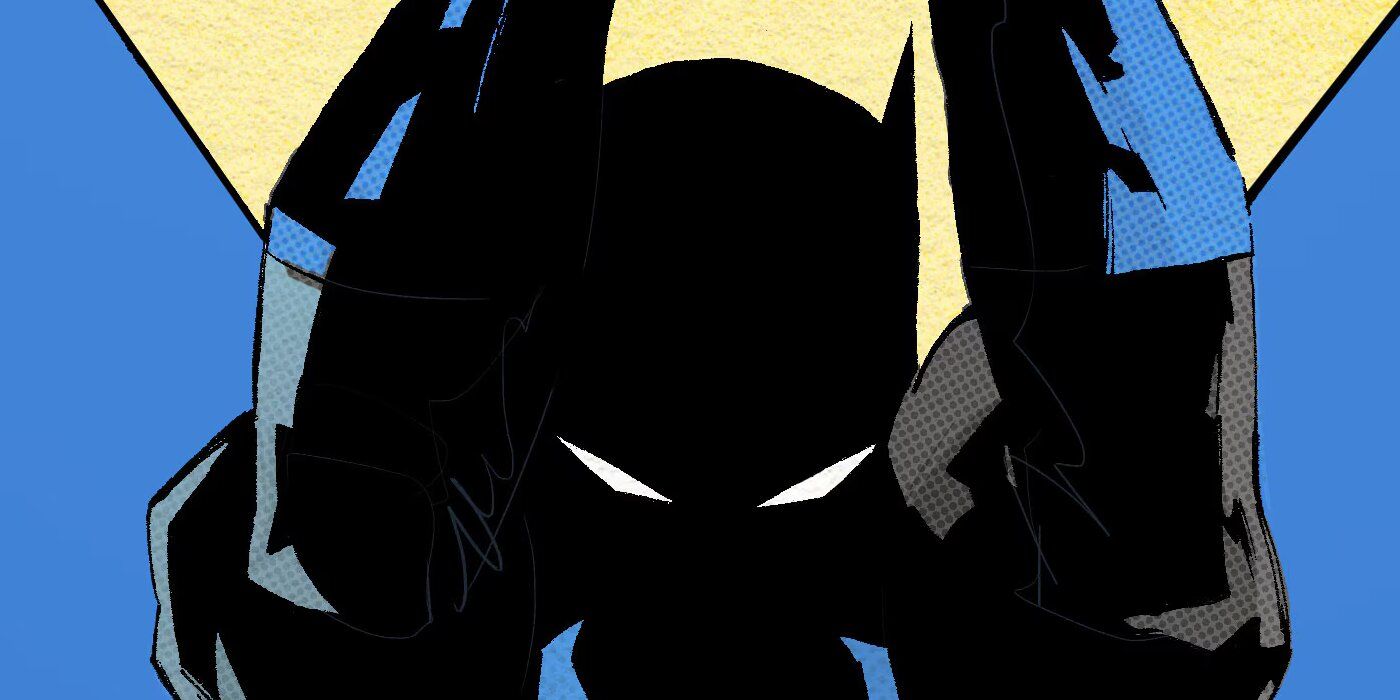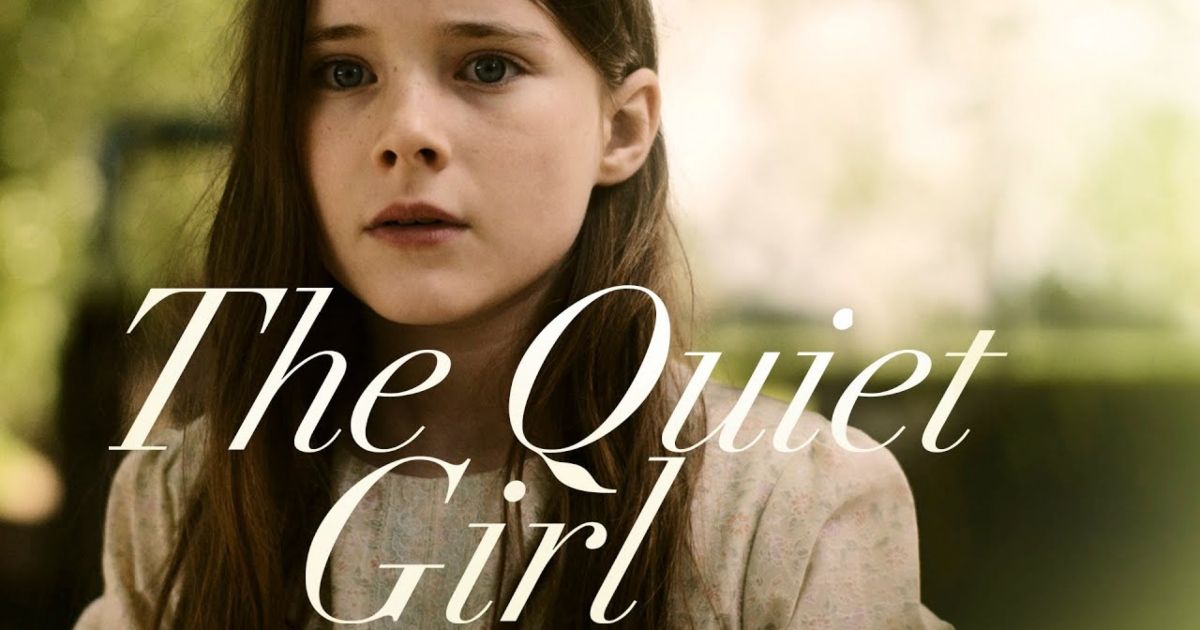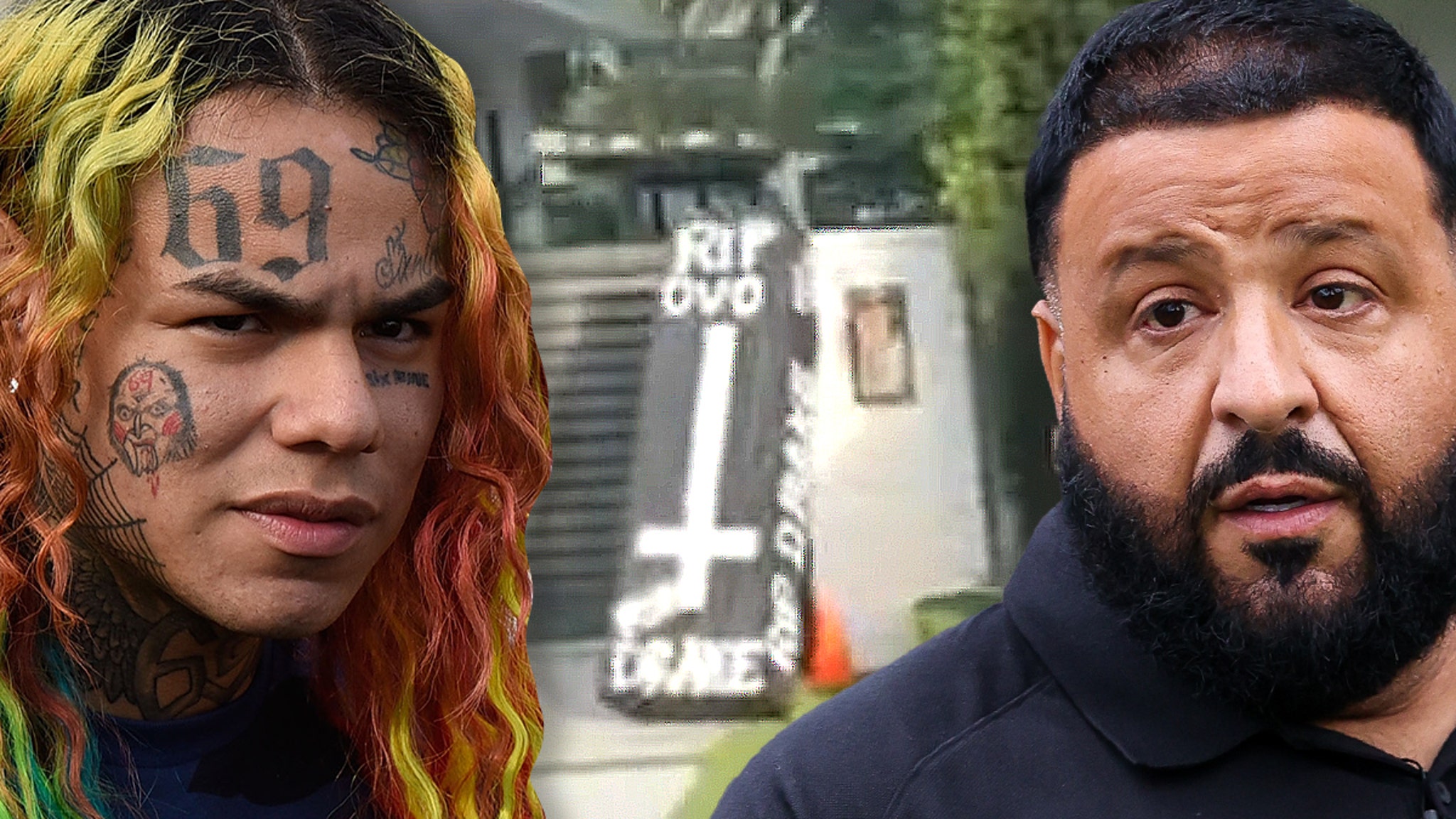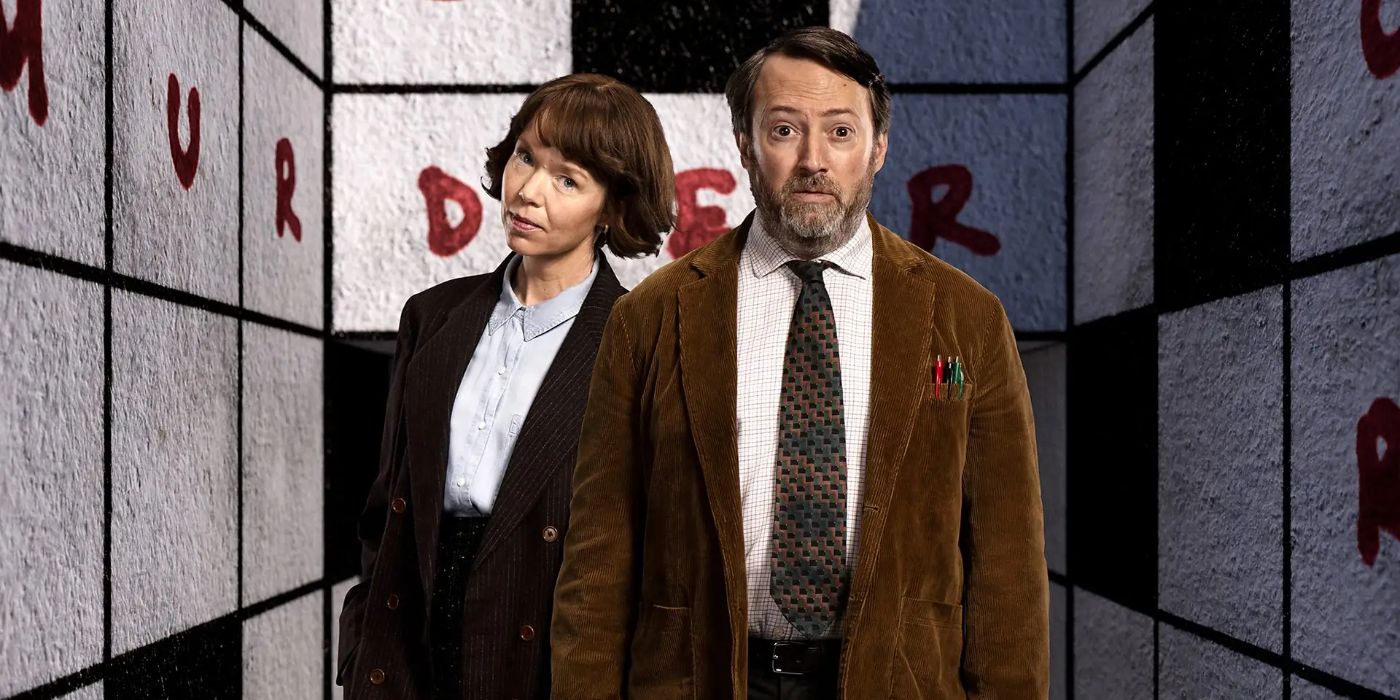Aftersun, The Banchees of Inisherin, An Irish Goodbye, and The Quiet Girl are all 2022 films that have received Oscar nominations for the 95th Academy Awards. Considering their success, many people have pontificated about a ‘green wave,’ and that Irish cinema is having a moment. Of course, there have always been great Irish filmmakers (Jim Sheridan, Martin McDonagh, Lenny Abrahamson, and the great Neil Jordan come to mind), dating back to the 1920s with Rex Ingram and The Four Horsemen of the Apocalypse, but it’s true — something felt different about 2022.
Part of that difference stems from the fact that The Quiet Girl (or An Cailín Ciúin) is the first Oscar-nominated Irish-language film. The Best International Feature Film nominee strays from the English of most Irish productions and feels extremely authentic and of a certain place and time as a result. Colm Bairéad’s film is a beautiful and moving picture that lives up to the hushed connotations of its title, but manages to be more emotionally poignant than many louder, more melodramatic films of a similar nature. It’s a certified tearjerker and a pretty excellent one at that.
Little Plot but Lots of Love
Break Out Pictures
NEON
The film is told from the perspective of nine-year-old Cáit, who lives with her parents and a handful of siblings in a small, crowded home in rural Ireland circa 1981. Her endlessly put-upon and increasingly bitter mother is pregnant, and her father seems to be a somewhat useless alcoholic, but again, they and everything else seem to be viewed from the child’s eyes. Worried about food scarcity and Cáit’s dreamy, wandering tendencies, the parents send her off to live with distant relatives.
These are the Kinsellas, Eibhlín, and her husband Seán, who have a lovely home and farm many miles away (likely in Leinster, where the surname originated 900 years ago). They immediately welcome young Cáit, though Seán is a much more withdrawn and silent man, similar to the child. She gets put to work, but does not toil; she isn’t tasked with scrubbing the floorboard using a toothbrush, Cinderella-style, but with milking the cows and helping bake cookies.
Related: Exclusive: The Quiet Girl Director on His Oscar-Nominated Irish Film
That’s essentially the plot of the film. Not much happens in The Quiet Girl’s brisk 94 minutes, and it’s kind of glorious. This is a film that relishes the little things, documents the budding relationship and love between a child and her new parental figures, and studies the fears and lack of control which accompany childhood. Unlike other movies which focus on children wanting to escape their nightmare of a home and live a better life elsewhere (Matilda, Harry Potter, Cinderella), Bairéad’s movie spends the most time on the ‘elsewhere’ rather than the ‘nightmare.’ It’s honestly sweet to see.
The Quiet Girl Is Emotional and Beautiful
NEON
There are stakes though, which come from the characters and feelings rather than the narrative. The film can be emotionally painful despite brimming with compassion and beauty. There are tragedies that certain characters deal with; there’s the inevitability that this cannot be an endless summer and that reality will tear the whole thing down when Cáit’s parents take her back; there’s anxiety, uncertainty, and melancholy.
But The Quiet Girl is never emotionally manipulative about these things, and never cheats. Even its score (by Stephen Rennicks) doesn’t yank at the heartstrings but instead sounds like the ambient backdrop which would accompany a memory. It’s very pretty, but also rarely invasive, which is yet another refreshing quality for a film about childhood.
Related: Best Irish Movies of the 2010s, Ranked
Bairéad’s approach here aligns with his career as a documentary filmmaker, which involves a lot of patient observance and immersion into a world. The Quiet Girl is just like that, quietly watching the summer unfold and meditating upon its little tragedies and beauties, and beautiful it is. The film often feels like a Terrence Malick movie for kids and families, awash in gorgeous cinematography of nature and close-ups of people caught up in internal conflicts. Kate McCullough had done cinematography with Bairéad on the documentary films, and her work here captures that same observational sense of presence.
Crowley and Bennett Give Perfect Performances
NEON
Catherine Clinch is great as Cáit, though she is more of the audience’s entry point into the world of the film. True to its title, she doesn’t speak too much, but the whole film is filtered through her perception. It’s a subtle role that pairs beautifully with the two immensely moving and pitch-perfect performances here — Carrie Crowley as Eibhlín and Andrew Bennett as Seán.
Crowley is touching as a deeply maternal figure who understands the young girl’s trepidation and fears at moving into this new home, and who does whatever she can to make sure that Cáit feels safe and loved. She’s brilliant with the little moments, such as the scene where she enters the bedroom and finds that Cáit had wet the bed in the night; she comforts Cáit, speculating that ‘the mattress was weeping.’
Bennett is ultimately heartbreaking and unforgettable as a very sturdy older man who has a ton of love in his heart, but has perhaps been too hurt and is too much of a traditional ‘man’ to easily tap into those emotions. The film’s best relationship may be between him and Cáit, two very quiet people who begin to open up in little, genuine, beautiful ways. It’s a towering performance that’s somehow also very small, and altogether masterful.
While it may be too inconsequential and ‘boring’ for many mainstream viewers, The Quiet Girl is an excellent film for anyone looking for an immersive, beautiful experience, and anyone who wants to open up their heart, even if that means letting it break just a bit. The Quiet Girl is a production of Inscéal, Fís Éireann / Screen Ireland, TG4, and the Broadcasting Authority of Ireland, and will be in theaters on February 24.
You can view the original article HERE.

